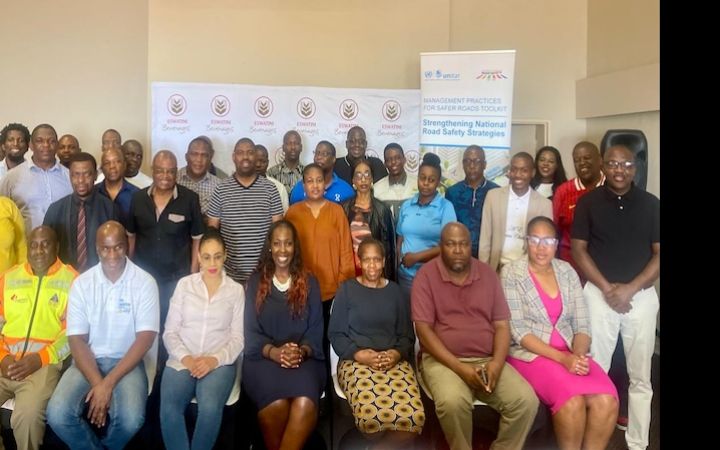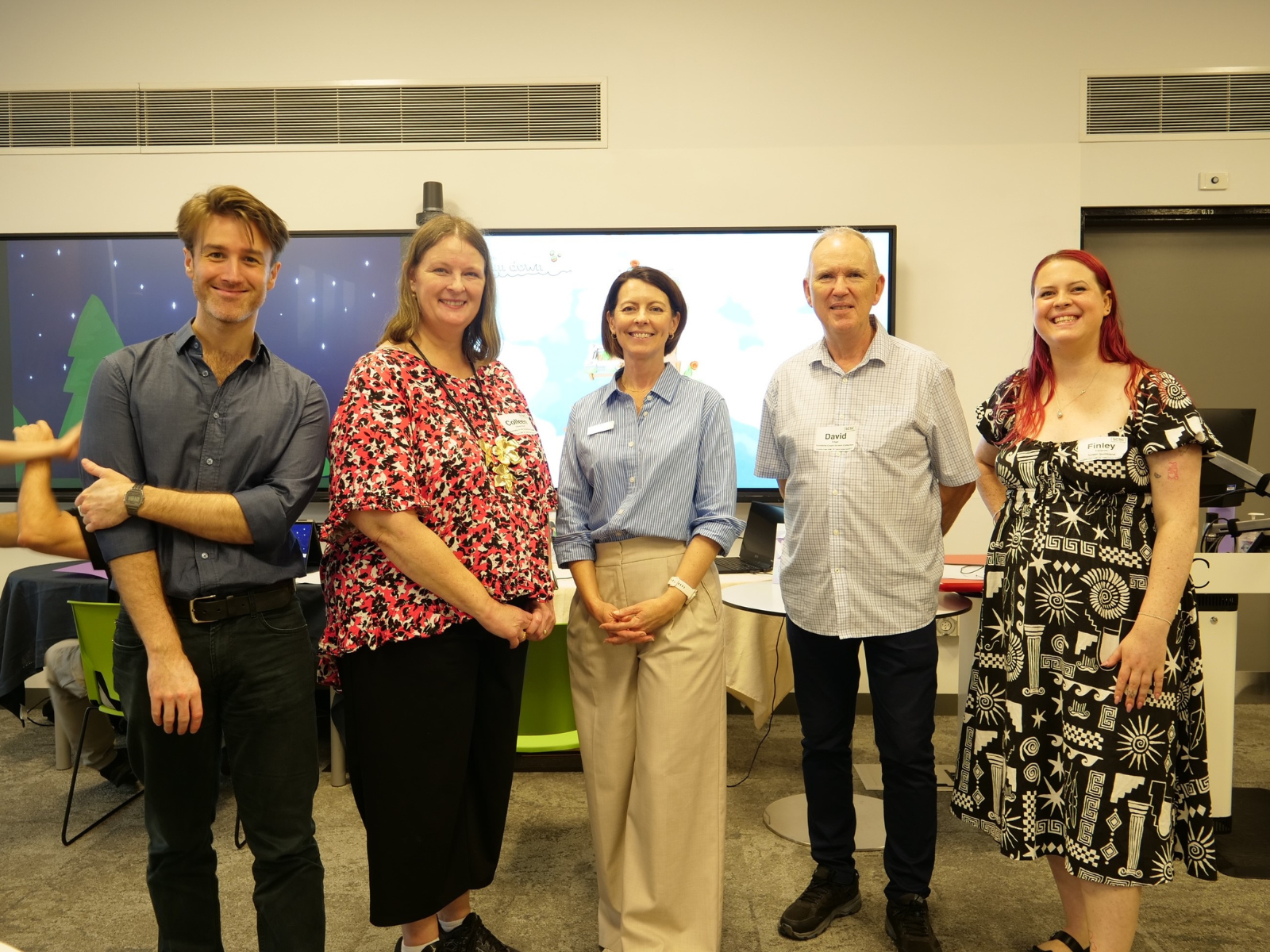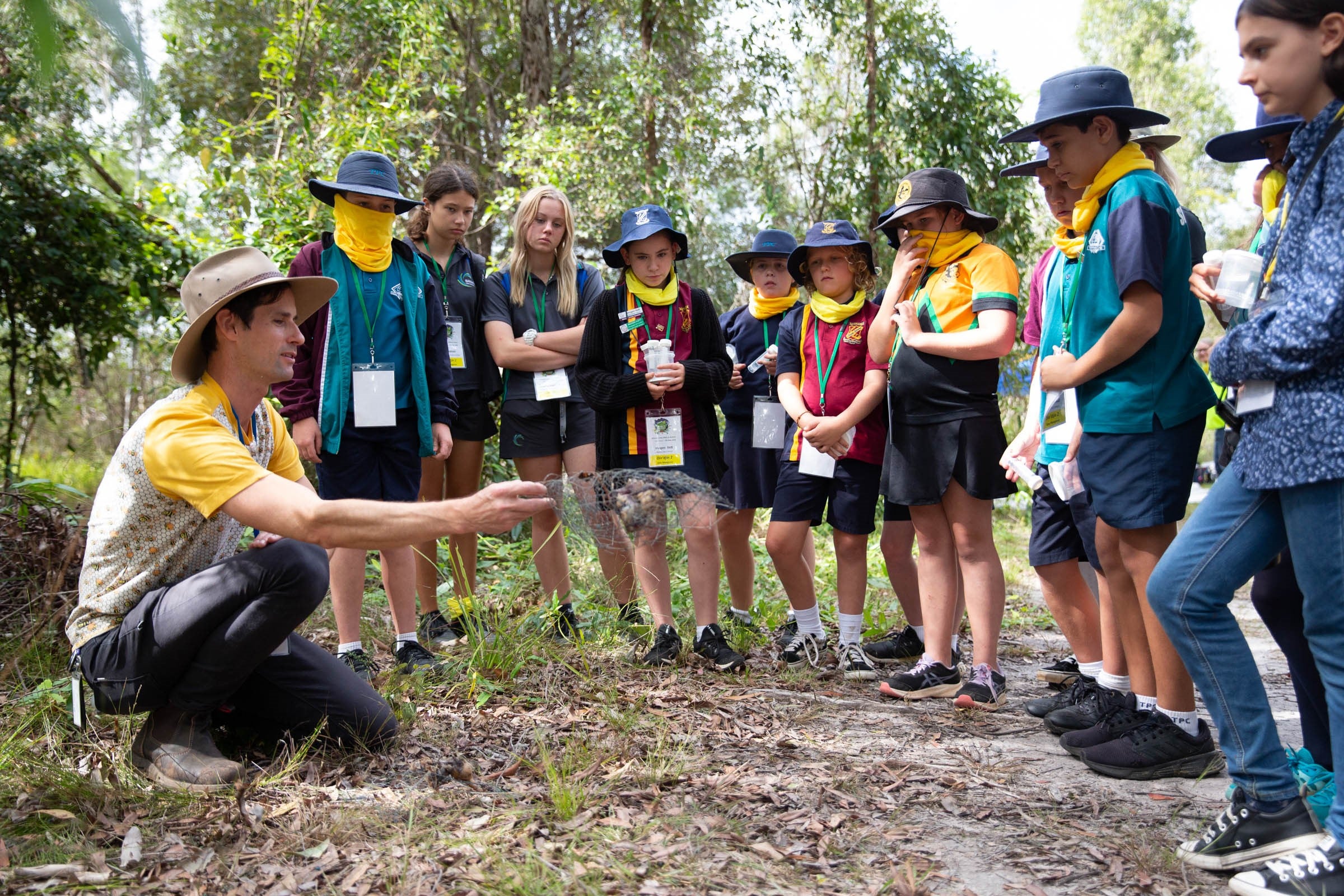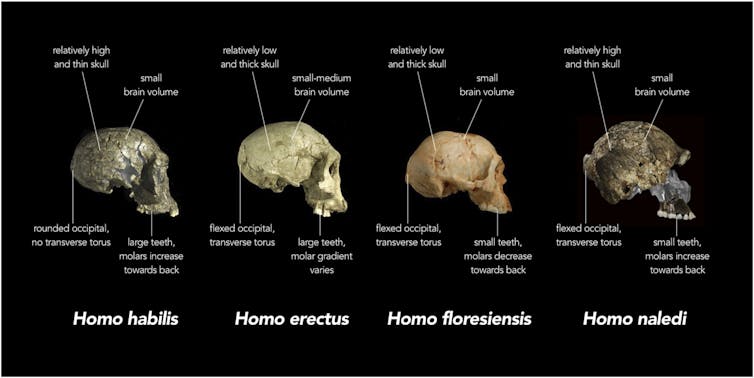The first underwater Aboriginal archaeological sites have been discovered off northwest Australia, dating to thousands of years ago when the current seabed was dry land.
A James Cook University researcher was part of an international team working with Aboriginal Traditional Owners that discovered the submerged sites.
JCU archaeologist Professor Sean Ulm says when people first arrived in Australia around 65,000 years ago, the seas were 80 metres lower than they are today and fell another 50 metres over the next 45,000 years.
These lower sea levels created an Australian landmass around two million square kilometres larger than modern Australia. These coastal landscapes would have been the home for large numbers of Aboriginal people.
Professor Ulm said that between 18,000 and 8000 years ago the seas rose again covering the land where people lived and submerging many archaeological sites.
“Thousands of generations of Aboriginal people lived out their lives in areas around Australia now covered by the sea, so there has to be some archaeological evidence still on the seabed.
“We studied geological charts and archaeological sites on land to narrow down the areas we thought would preserve evidence. We then used airborne laser scanners and high-resolution sonar on boats to pinpoint likely areas,” he said.
The team then sent divers down at two sites near Dampier, Western Australia.
“At Cape Bruguieres we found hundreds of stone artefacts on the seabed more than two metres below the surface. At Flying Foam Passage we found traces of human activity an amazing 14 metres underwater,” said Professor Ulm.
Environmental data and radiocarbon dates revealed the sites were at least 7000 years old when they were submerged by the rising seas.
The results were published today in the journal PLOS ONE.
Professor Ulm said the find demonstrated that archaeological sites can exist on the seabed and items belonging to ancient peoples can remain undisturbed for thousands of years.
“This means for archaeologists, and especially archaeologists working in Australia, the next great frontier is underwater. There are two million square kilometres of Australia out there that was once dry land.”
Professor Ulm said Australia’s new Underwater Cultural Heritage Act fails to automatically protect these types of extraordinary sites.
Murujuga Aboriginal Corporation chief executive officer Peter Jeffries said further exploration could unearth similar cultural materials.
“This will help us better understand the life of the people who were so connected to these areas which are now underwater.
“With this, comes a new requirement for the careful management of Aboriginal sea country as it is not automatically protected by current heritage legislation. However, plans are progressing to lead this change and protect our sea country land and heritage,” said Mr Jeffries.
Based on these findings, Professor Ulm said the research team is confident that many other submerged sites will be found in the years to come, which will challenge our current understandings and lead to a more complete account of our human past.
Professor Ulm said the Australian Research Council funded will continue to collaborate with the Murujuga Aboriginal Corporation and other Aboriginal Traditional Owner groups around Australia to explore new sites.
The study was undertaken by researchers from Flinders University, James Cook University, the University of Western Australia, the University of York (United Kingdom) and Airborne Research Australia collaborating with the Murujuga Aboriginal Corporation.
(Images are for use with this release only, not for reuse or resale).








